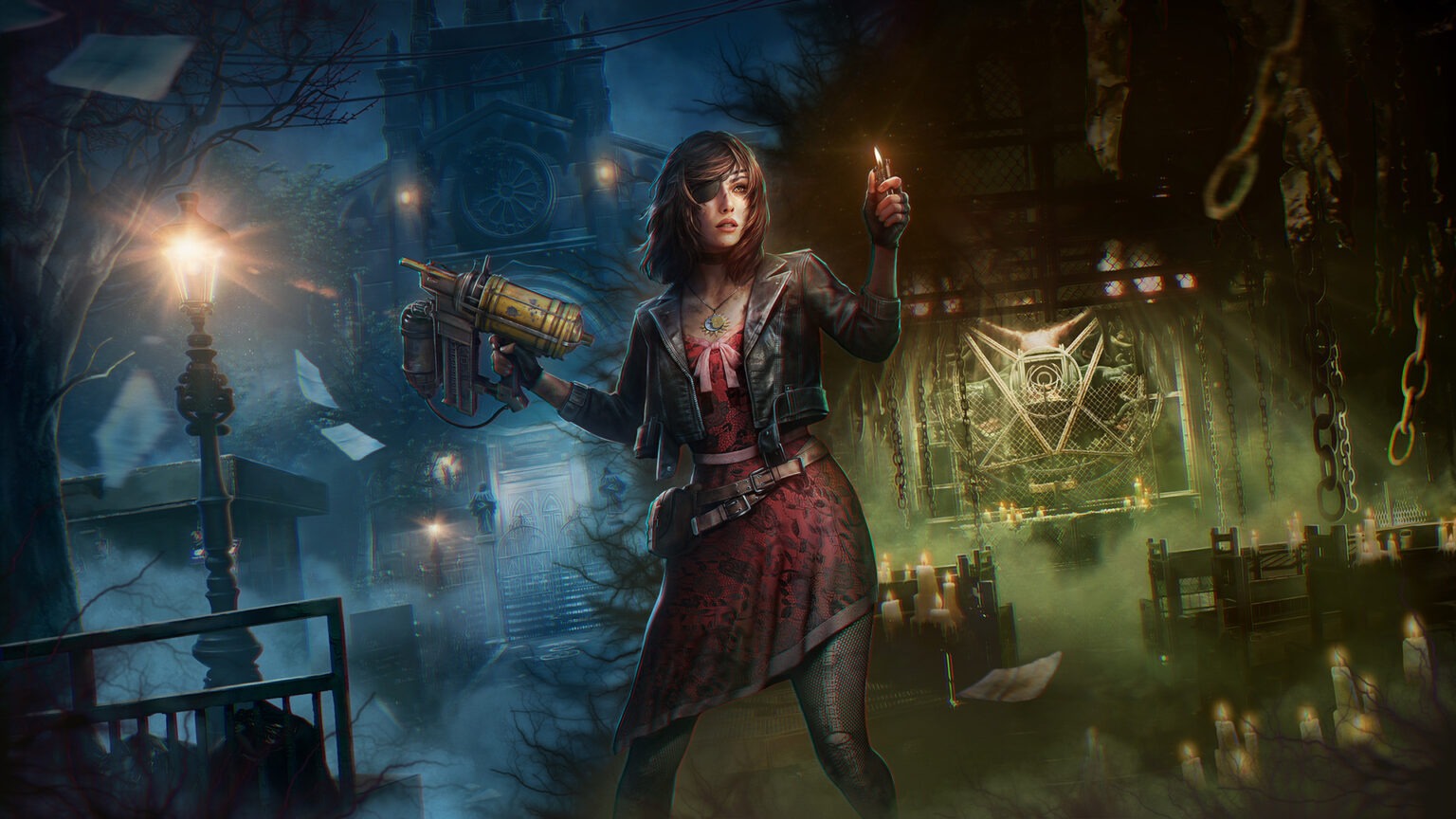The survival horror scene has probably never been in a better place. Fans now have easier access to classics from old console generations, while big AAA titles like Resident Evil, Silent Hill, and Cronos continue to come out regularly. But the real gold lies somewhere in between, in games that manage to blend old-school charm with modern sensibilities. Thanks to a growing number of independent studios, we’re seeing some truly fantastic horror experiences that seem to appear out of nowhere and completely win us over. It makes sense, really, many of these devs belong to that slightly older generation who first fell in love with the genre back on the Sega Dreamcast and Sega Saturn, and now have both the skill and passion to create games inspired by what thrilled them as kids. This subgenre of retro-inspired survival horror, blending modern mechanics with nostalgia, is easily one of my personal favorites.
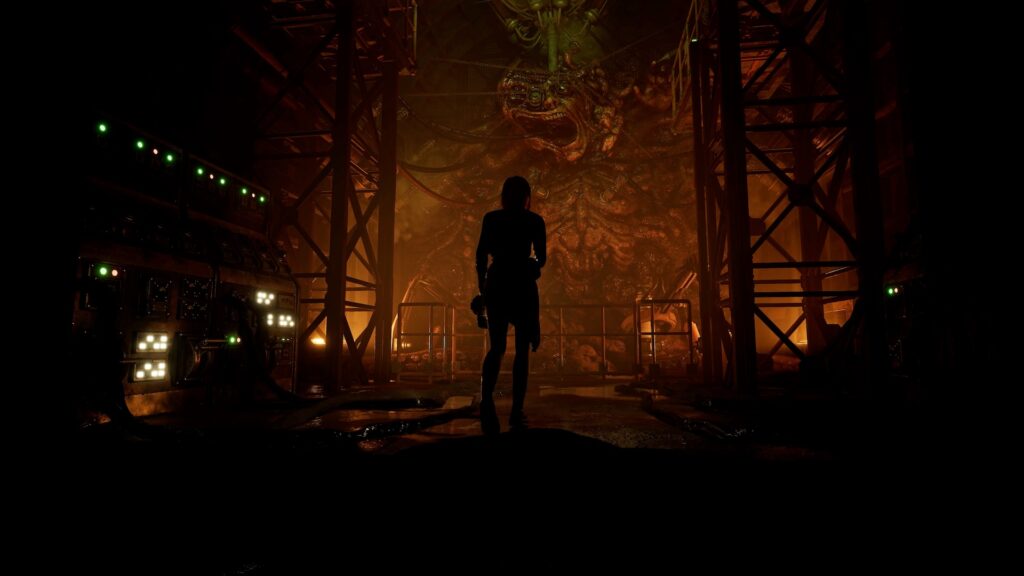
Tormented Souls 2, developed by Dual Effect, is an indie sequel to the popular 2021 original. You return as Caroline Walker, who survived the horrors of Wildberger Hospital in the first game and managed to save her sister, Anna. After the nightmare, Caroline hopes for a peaceful life, but things don’t go as planned. Anna begins to experience disturbing visions of death and violence, drawing unsettling sketches that somehow start manifesting in the real world. Desperate to help her sister, Caroline takes her to the remote town of Villa Ness, deep in the Chilean mountains. At first, everything seems fine—smiles and kind words from the monastery staff give her a glimmer of hope that better days are coming. But of course, as always, things go downhill fast. Soon, Caroline wakes up in a dark room, alone and disoriented, and it’s once again up to her to explore the nightmarish environment and try to save her sister.
Like its predecessor, Tormented Souls 2 is a survival horror game that pays tribute to classics like Resident Evil, Silent Hill, and Alone in the Dark—the ones we played on the Sega Saturn and PlayStation. It doesn’t just honor those games, it wears its influences proudly on its sleeve, showing exactly why it exists: to bring players back to that golden era of true video game horror. It captures the same atmosphere, tension, and puzzle-solving, but dresses it up with a shiny Unreal Engine facelift. If you happened to skip the first game, I’d still recommend playing it first, but don’t worry—Tormented Souls 2 stands on its own. While it continues the story chronologically, you can easily enjoy it without knowing every detail of what came before. It has its own setting, its own pace, and its own horrors to discover.
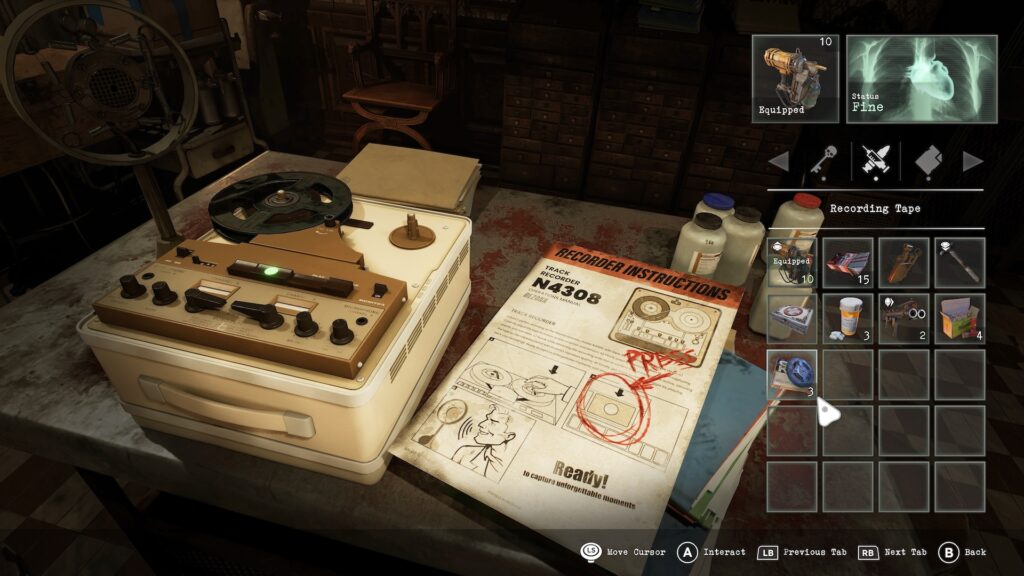
Right from the start, the game hits you like a hammer—both with its brutality and its classic “tank” controls straight out of the good old days. Back then, we didn’t have dual analog sticks for smooth, cinematic movement; we navigated using the good old D-pad, and that’s exactly what this game replicates. Your character moves up, down, left, and right based on the arrows you press, while the camera remains fixed. It almost feels like you’re steering a vehicle rather than a person—but that’s intentional. It gives the game that distinct retro flavor. I’m not sure how newer players will feel about it, but for me, it didn’t take long to adapt and retrain my brain to think in 90s mode again. Sure, it can feel clunky in combat, especially when you’re surrounded by multiple monsters, but it quickly fades away once the tension kicks in.
In this sprawling monastery-villa filled with religious and Christian symbolism, Caroline does all the classic survival horror things you’d expect. If you’re new to the genre, the pillars of survival horror are inventory management, map exploration (often with a bit of a Metroidvania twist), puzzle-solving, critical thinking, and of course, brutal, bloody combat. Caroline starts in a monastery packed with different areas, but the game soon expands to other locations, an abandoned shopping mall, a deserted school, each with its own atmosphere and visual flair. Every space oozes atmosphere, and the amount of environmental detail is simply staggering. Even though you can’t freely move the camera, every corner feels handcrafted. The world feels alive—from cluttered rooms full of old books and medieval furniture, to subtle touches like crumpled carpets, cracked tiles, and dusty shelves. Lighting plays a huge role here, a few flickering candles, a lamp, or your lighter will be your only relief from the suffocating darkness. Honestly, the level of visual detail here rivals, if not surpasses, many so-called AAA games.
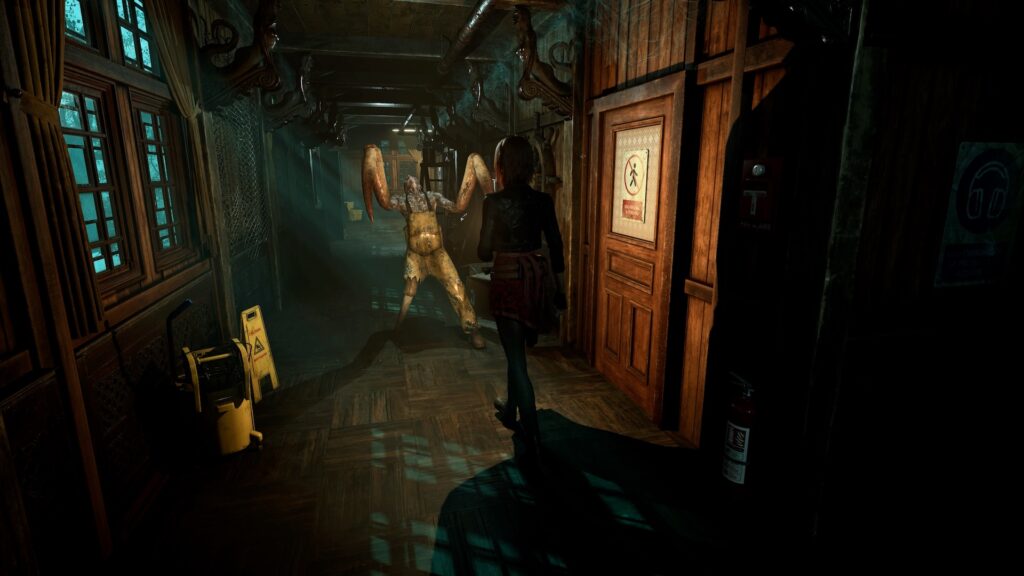
This visually rich world is backed up by every mechanic you love (or fear) in a survival horror game. You’ll run back and forth, slowly piecing things together one clue at a time. The entire game is, in essence, a giant puzzle, progress is always tied to solving something. You’ll frequently encounter locked doors that need special keys or mechanisms to open, and puzzles that are satisfyingly complex and often quite challenging. This isn’t a game where you just pick up a key and open a nearby door. No, there are multiple steps involved. For example (light spoiler), you might find a key inside a frozen corpse’s hand, but to get it, you’ll first need to find a saw to cut the arm, then thaw it, and only then can you actually use the key to unlock your next path. I tweaked the details here to avoid full spoilers, but you get the idea, every small discovery sets off a chain reaction of problem-solving, exploration, and backtracking. This layered design philosophy defines the entire experience.
You do have a map to help orient yourself, which becomes a lifesaver in this labyrinth. After a few loops, though, you start feeling at home, these dark corridors begin to feel weirdly familiar, almost cozy in their own twisted way. Saving your progress follows classic survival horror tradition too, there’s no autosave or manual quick-save. Instead, you save at specific locations using cassette tapes found throughout the game. It’s a loving nod to the typewriter ribbons in Resident Evil, adding an extra layer of tension and resource management. On Normal and Hard difficulties, these tapes are limited, while the Assisted mode includes autosaving whenever you enter a new room.
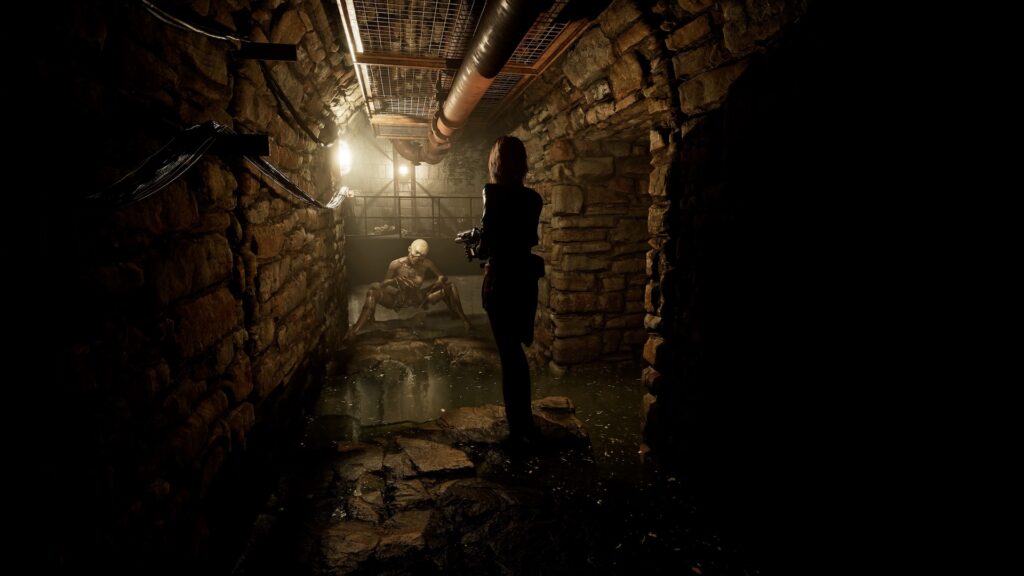
You’ll collect various items and resources, many of which can be examined, combined, or used to uncover more lore about the world. Ammo and healing items will probably be your biggest concern, and the most fluctuating part of your inventory. Combat relies on both melee and ranged weapons, using nails for your nailgun or shells for your shotgun, depending on what you have equipped.
By now, you’re probably thinking this all sounds familiar, and you’d be right. But that’s exactly the point. Tormented Souls 2 isn’t trying to reinvent the wheel; it’s perfecting an old formula with modern polish. It builds on everything the first game did well and makes it stronger. With excellent performance on PC and a surprisingly solid experience on Steam Deck (after some tweaking), this is a sequel that fans of the genre will absolutely adore. Sure, the movement can be a bit clunky, and some fights can get frustrating—but that’s part of the charm. The combat may not be as refined as everything else, but the complete package delivers one of the most satisfying survival horror experiences in recent years.
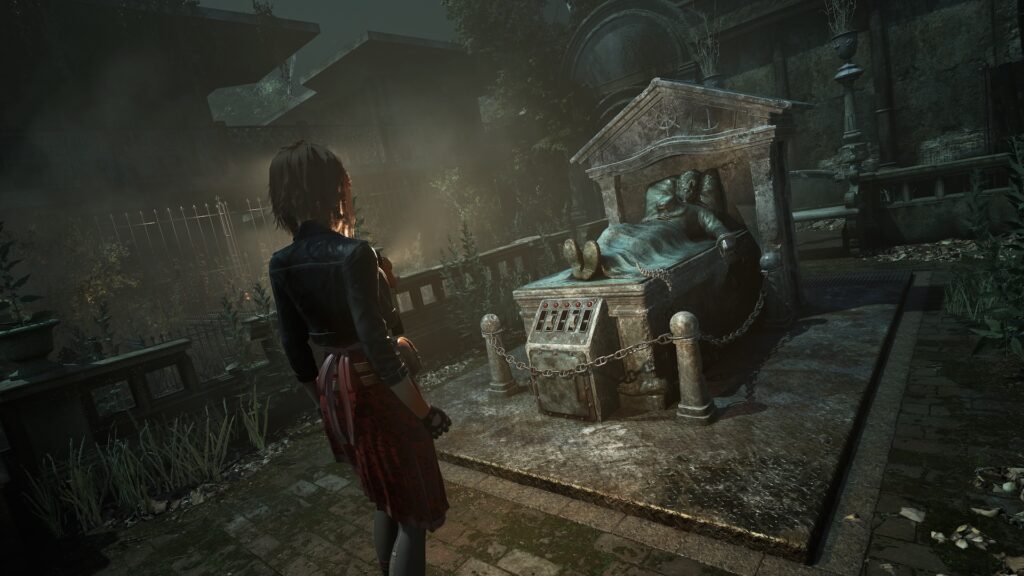
As for the story, opinions may vary—it’s roughly on par with the first game, serviceable but not groundbreaking. Still, it does its job and gives the gameplay the context it needs.
We would like to thank PQube for providing us with a copy of the game for review purposes.
Tormented Souls 2 (PC)
Tormented Souls 2 is a worthy successor to the original, offering a deeply detailed and atmospheric horror world filled with fantastic survival mechanics. Its clever puzzles and the secrets hidden within the dark corridors and tunnels of Villa Hes will no doubt make it a beloved gem among fans of the genre. This cocktail of modern visuals and retro tank-style movement, paired with those sometimes awkward camera angles, works surprisingly well. It may not be perfect—but it’s damn close.

